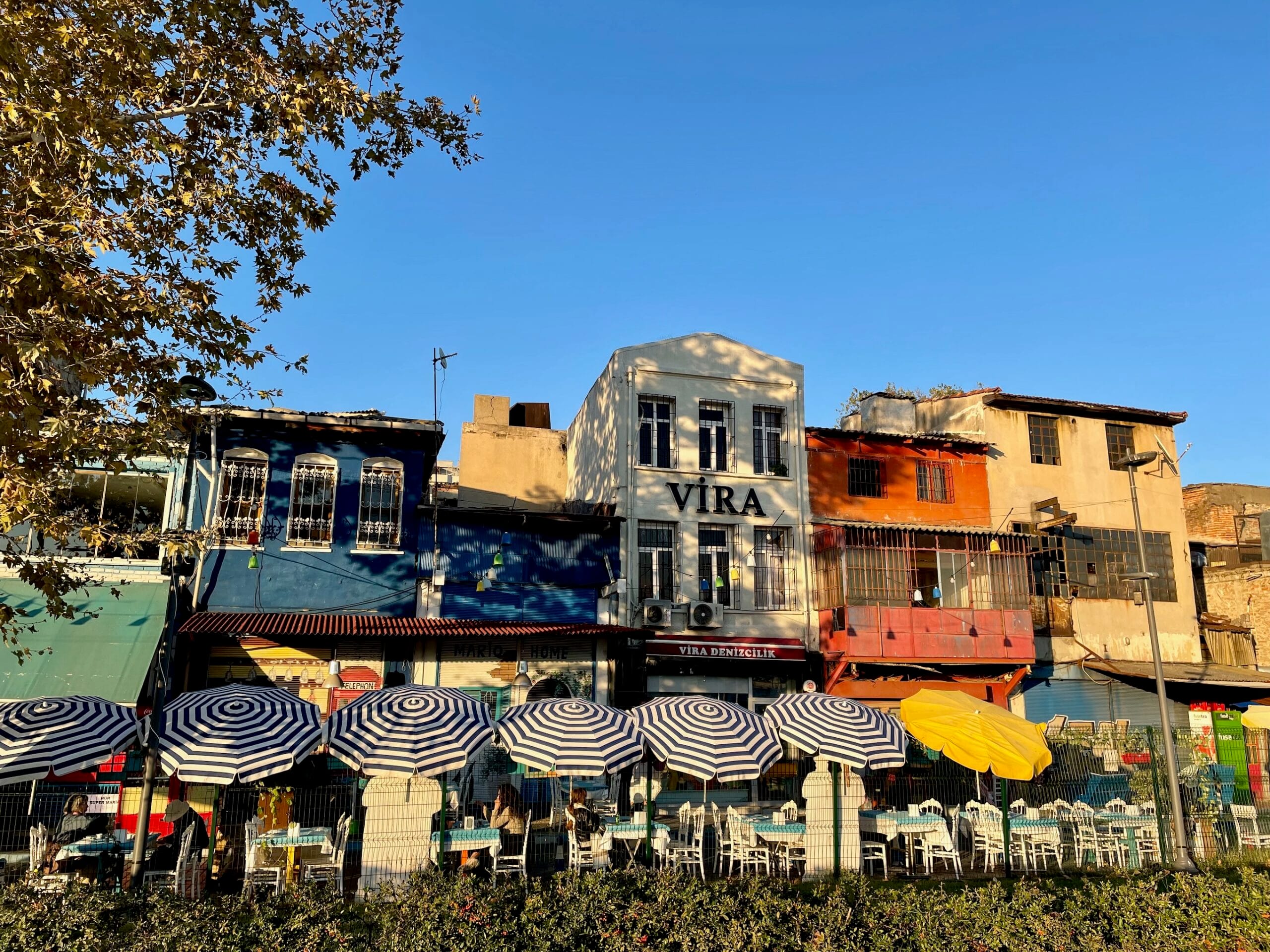As a woman exploring Istanbul alone, I discovered that this fascinating city where East meets West offers a unique blend of challenges and rewards. Whether you’re wandering through historic streets, climbing to panoramic viewpoints, or navigating local customs, these insider tips will help you experience Istanbul confidently and safely. While the city’s beauty and culture are undeniable, understanding its nuances as a solo female traveler can make the difference between a good trip and an extraordinary one.
When Should You Visit Istanbul
Timing can make or break your Istanbul experience. The city experiences hot, dry summers and cool, rainy winters that can be surprisingly windy. For the perfect balance, plan your visit during the sweet spots: April to May or late September to early November. During these months, you’ll enjoy pleasant sunny days, minimal rain, and enough daylight hours to pack your itinerary full of adventures.
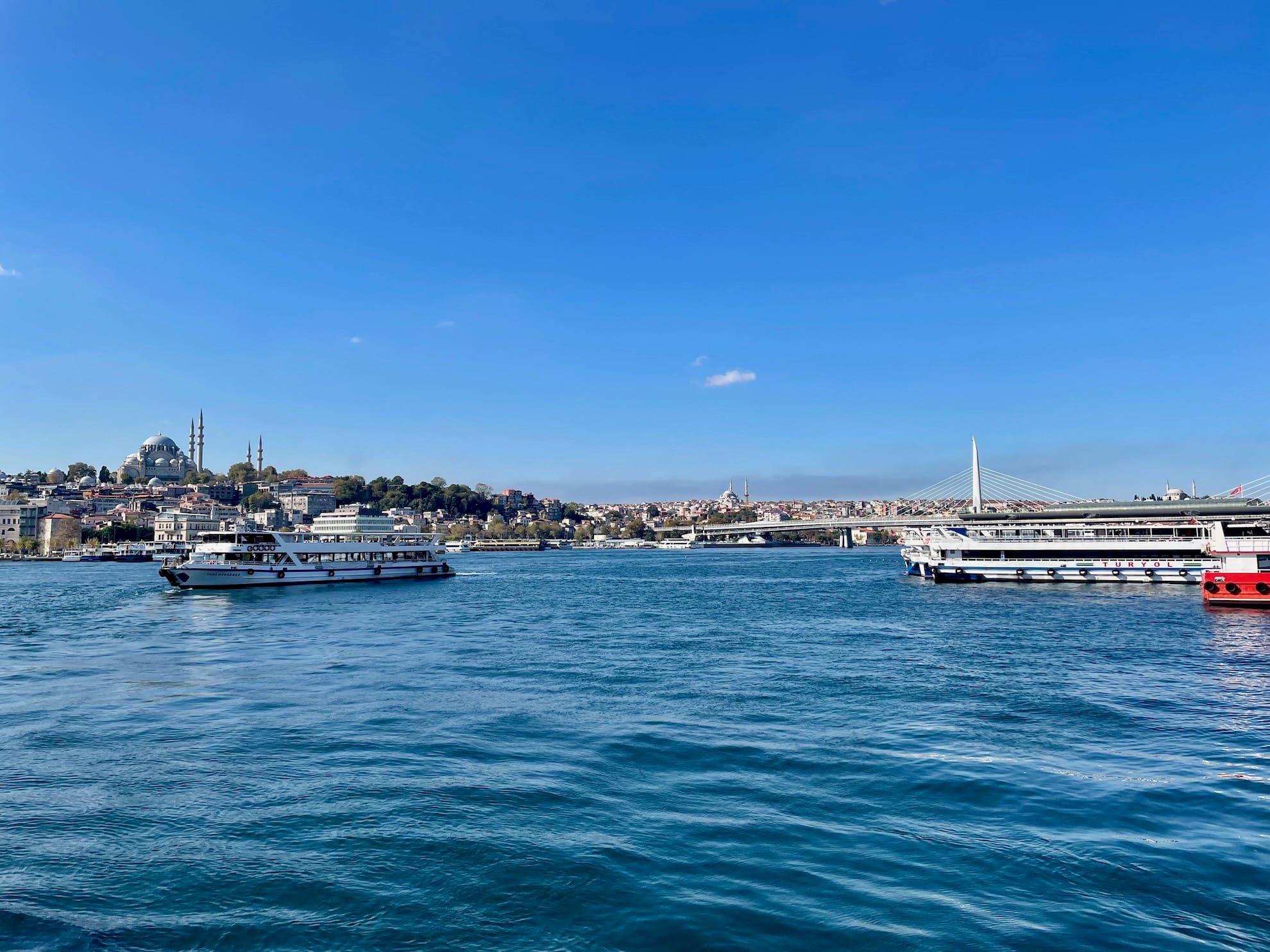
Getting Into Istanbul
While many tourists arrive on cruise ships (you’ll spot these massive vessels from almost any viewpoint in the city), most independent travelers fly into Istanbul. Don’t worry about those cruise crowds – they dock at Galata Port, east of Galata Tower, away from the main attractions in a modernized port area.
For air travelers, Istanbul offers two international airports: the newer Istanbul Airport (IST) on the European side and Sabiha Gokcen Airport (SAW) on the Asian side. Most international flights land at IST, located about 60 minutes from the city center. The airport itself is impressively modern, featuring thoughtful amenities like well-placed charging stations and handy repacking areas with scales for those “oops, my suitcase is too heavy” moments.
Quick note about airport WiFi: It’s not free, but you can get a 1-hour complimentary connection at kiosks scattered throughout the terminal (roughly every 50 meters). You’ll need to scan your passport, but it’s enough time to activate your e-SIM card and get your bearings.
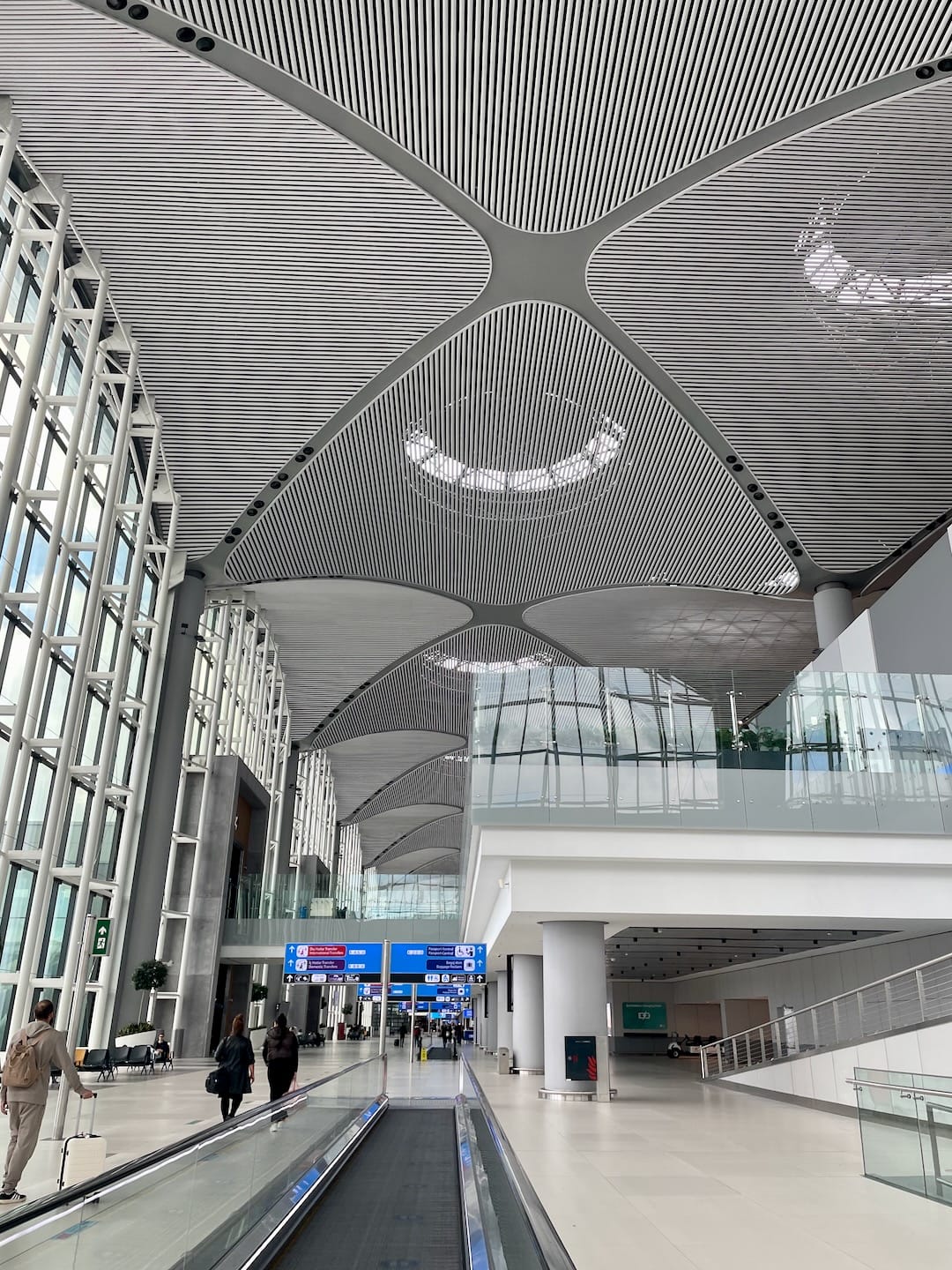
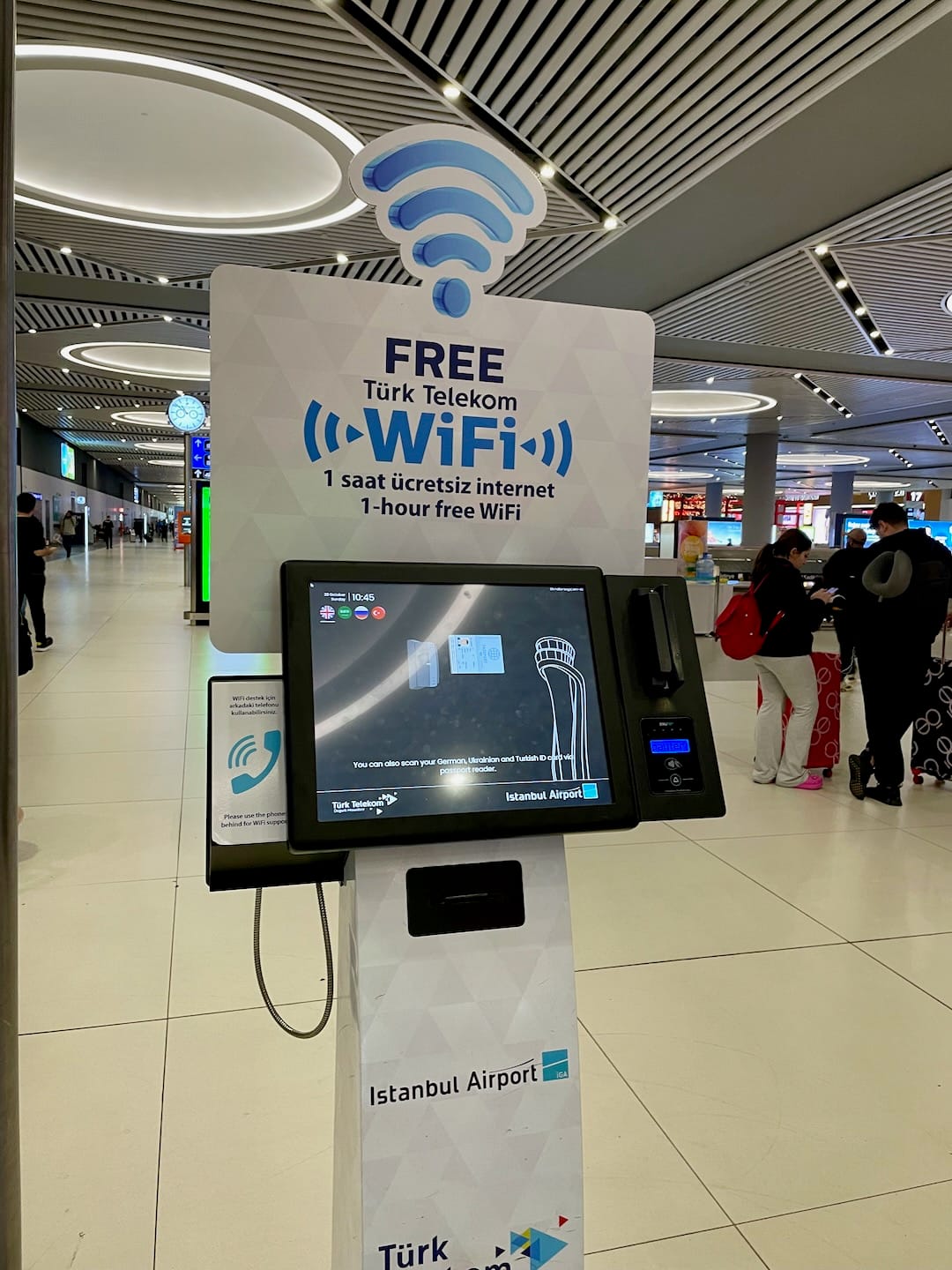
Now, let’s talk about your options for getting into the city from Istanbul Airport (IST). After testing all three main routes, here’s my honest breakdown:
- Uber (1200-1500 lira / ~40 USD):
- Best for: Early/late flights or if you’re traveling with others to split the cost
- Skip regular taxis (my Airbnb host practically begged me to avoid them) and the BiTaksi app (check their reviews if you’re curious)
- I used Uber for my pre-dawn airport return – fast, reliable, and while not cheap, worth it for the peace of mind
- Havaist Bus (224 lira / ~6.5 USD total):
- Best for: Budget travelers who don’t mind a longer journey
- Takes about 90 minutes to reach Aksaray Metro station
- From there, hop on the T1 tram to reach the city center
- Total cost: 204 lira for the bus + 20 lira for the tram
- Metro (cheapest option):
- Best for: Ultra-budget travelers or during rush hour traffic
- Route: M11 line → M2 line
- Journey time: At least 90 minutes
- Follow “Metro” signs from Gate 11 at the airport
- Change at Gayrettepe station (prepare for a longer underground walk)
- Get off at Vezneciler Station + 20-minute walk to city center
Navigating Istanbul Like a Pro
Here’s my top tip for exploring Istanbul: walk everywhere you can! Yes, the city has hills, but walking between major sites reveals the real Istanbul – the one without tourist crowds, where local life unfolds on every corner. When your feet need a break, you’ll find convenient trams ready to whisk you to your next destination.
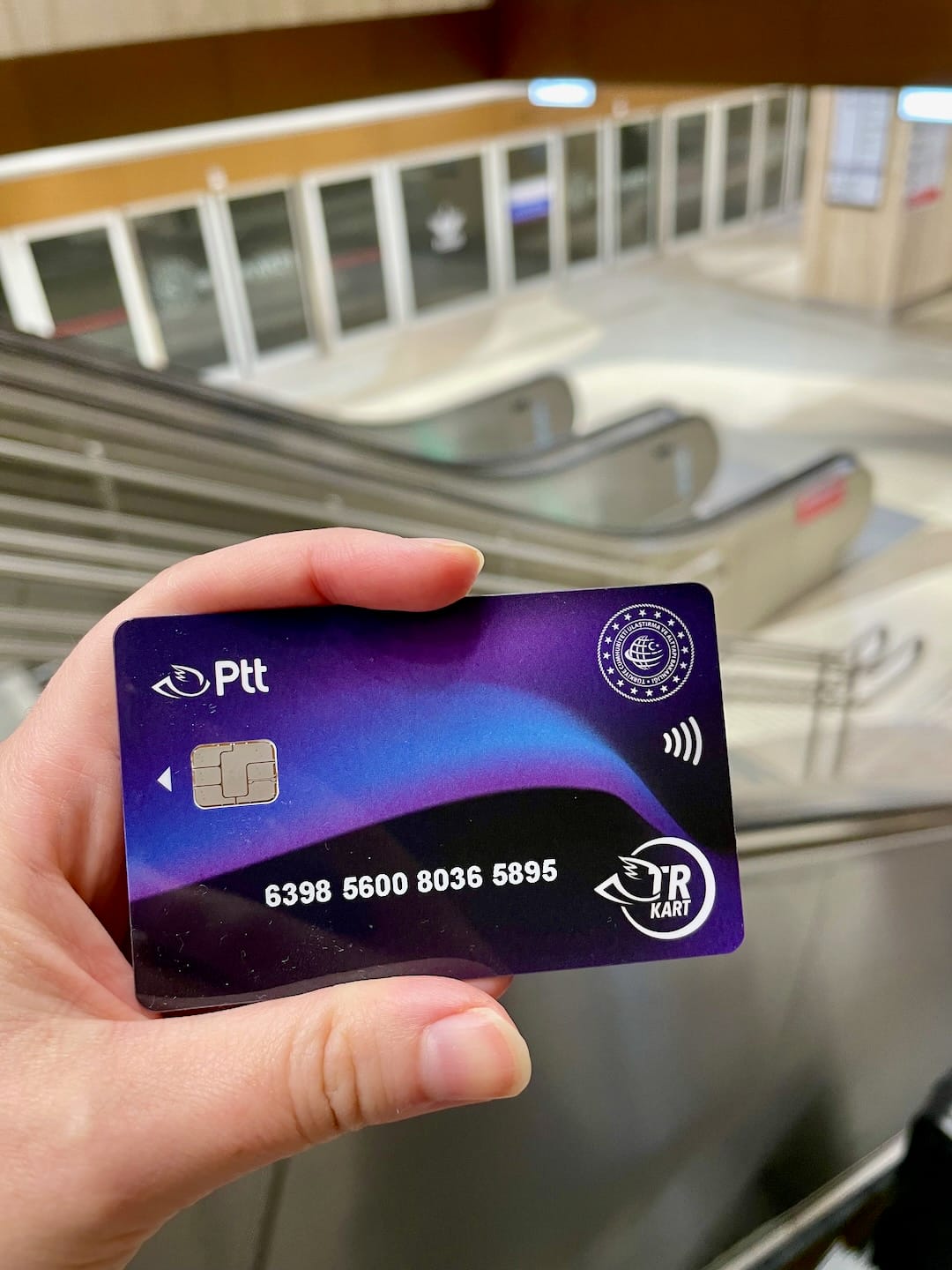
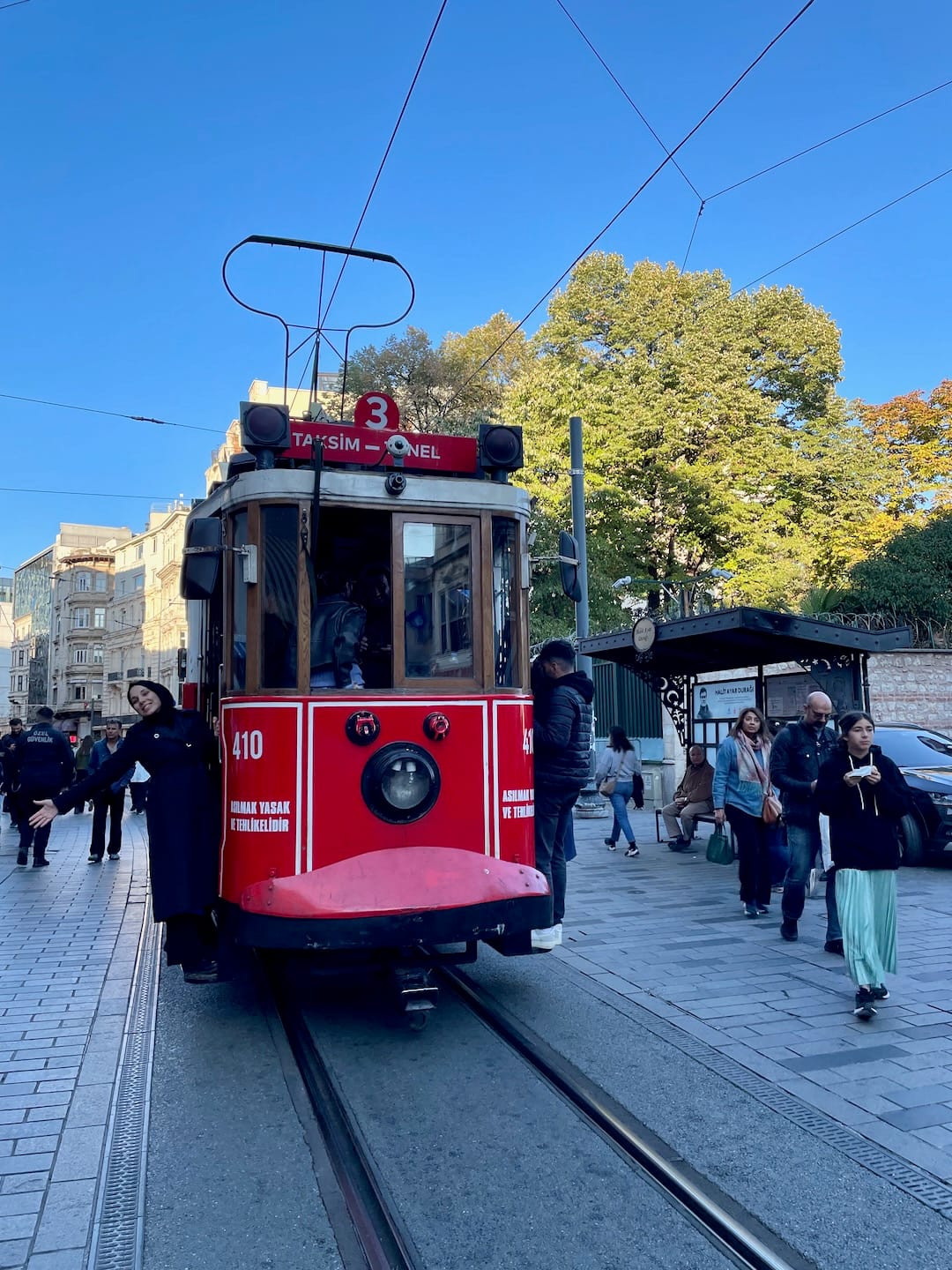
Pro tip: The transportation card situation in Istanbul deserves special attention – it’s where many travelers (including myself) get confused. Here’s what you need to know:
The blue “Ptt card” sold at the airport isn’t the full Istanbul card you might have read about online. It’s actually part of a national transportation initiative by the ministry of transportation, aiming to unify all cities’ transit cards. Sounds good in theory, but there’s some political complexity at play: most municipalities oppose this card because they’re concerned the central government won’t properly distribute the revenue to cities that oppose the current administration – Istanbul being one of them.
What this means practically:
- The Ptt card only works on metro lines marked with a U (like the M11 from the airport)
- It won’t work on M-marked lines (like M2), trams, or buses
- You’ll likely find yourself stuck at a gate somewhere (as I did at the M2 entrance) when your card gets rejected
Your best options are:
- For short stays (1-3 days): Just use your contactless bank card. Tap-to-pay works on all public transport, and unless you’re taking more than 6-7 rides, this is the most convenient option.
- For longer stays: Consider getting a proper Istanbul card (130 lira / ~4 USD in 2024). You’ll save about 10-20 lira per ride, so it becomes worth it if you’re planning to use public transport frequently.
Where to Base Yourself
While staying close to Istanbul’s top 5 attractions in Sultanahmet (the old town) might seem like the logical choice, I opted for a different approach. I stayed near the Golden Horn, about 1 km (0.6 mi) east of the Blue Mosque. The neighborhood offered plenty of restaurants and cafes, but the real charm lay in the daily walks to the city center. Each stroll revealed a new face of the authentic Istanbul – one street lined with leather craftsmen and cobblers at work, another showcasing fur shops alongside bags and shoes.
As a solo traveler, price was particularly important to me. In mid-October 2024, I paid about 70 USD per night for a freshly renovated first-floor room. While the walls were thin and there was an annoying oil smell from the bathroom vent in the evenings, the room came with a generous breakfast that I enjoyed on the terrace in the company of local cats. I’ll share more detailed budget information in a separate post.
During my walks, I completely fell in love with the streets around Galata Tower. For my next visit, I’d definitely book accommodation there, but at least 10-20 minutes’ walk from the crowds, or closer to the port area.
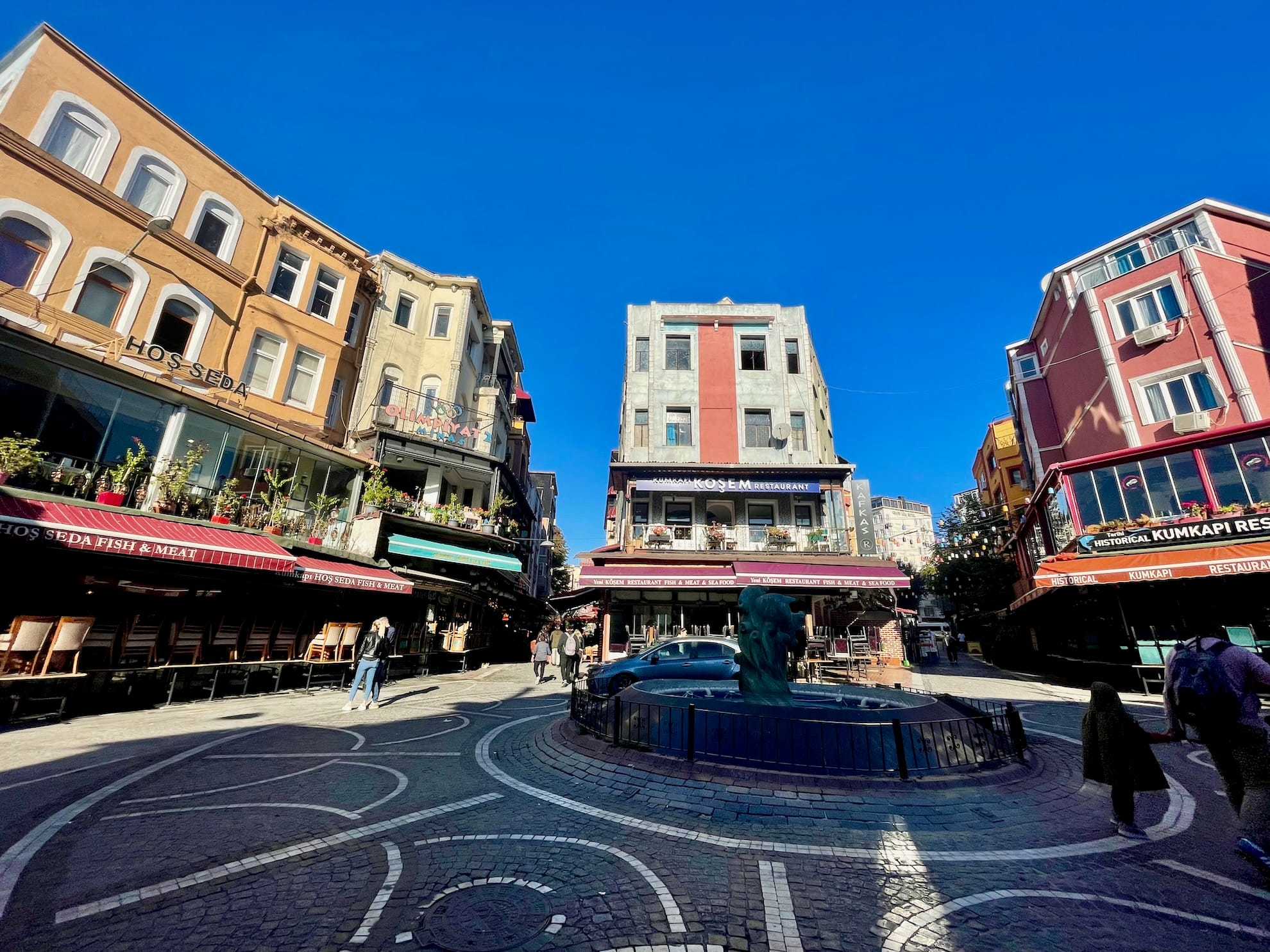
Money Matters: The Cash vs. Card Reality
Let’s talk Turkish lira – the local currency currently trading at 34 liras against the dollar and euro.
Despite what you might have read, Istanbul isn’t the cash-only city it used to be. Unless you’re planning to haggle in the bazaars or grab street food from small vendors, you can rely on your cards. Most restaurants, shops, and all public transportation accept card payments. In fact, on the Asian side, many cafes and restaurants preferred cards. I actually struggled to spend the 3,000 lira (~90 USD) I withdrew – ending up with 400 unused despite my best efforts!
For cash withdrawals, I followed Wise’s recommendations and found Ziraat Bank worked perfectly with my Revolut card – no hidden fees.
Stay tuned for a detailed post about budgeting for your Istanbul trip!
Dress Code: Comfort Meets Culture
Pack smart for Istanbul’s unique environment:
- For mosque visits: Long pants or skirts and a headscarf are essential. Pro tip: wear decent socks – you’ll be showing them off at every mosque!
- Footwear: Bring your most comfortable walking shoes. Istanbul’s hills and cobblestone streets give you quite the workout.
- Layering is key: The sea breeze can be surprisingly chilly, especially during boat trips. Think layers that can easily be added or removed throughout the day.
Prayer Times: A Part of Daily Life
Istanbul’s more than 3,000 mosques serve as constant reminders that you’re visiting a predominantly Muslim city, which shapes its daily rhythm. You can’t miss the muezzin’s call to prayer from speakers five times daily (Fajr (before dawn), Dhuhr (noon), Asr (late afternoon), Maghrib (at sunset), and Isha (nighttime)). It’s important to plan your stay with these prayer times in mind.
Since sunrise and sunset times vary throughout the year, always check the current prayer schedule during your visit. Major mosques like the Blue Mosque close to visitors about an hour before prayer times and reopen 30 minutes after.
These prayer times add a special atmosphere to this metropolis, and you might witness touching moments like I did: watching two women on the tram counting their afternoon prayers – one using her phone, the other using a prayer counting device. I smiled as I watched the woman with the counter gift it to the one using her phone, insisting she take it since she had several more at home (at least that’s what I gathered without speaking Turkish!).
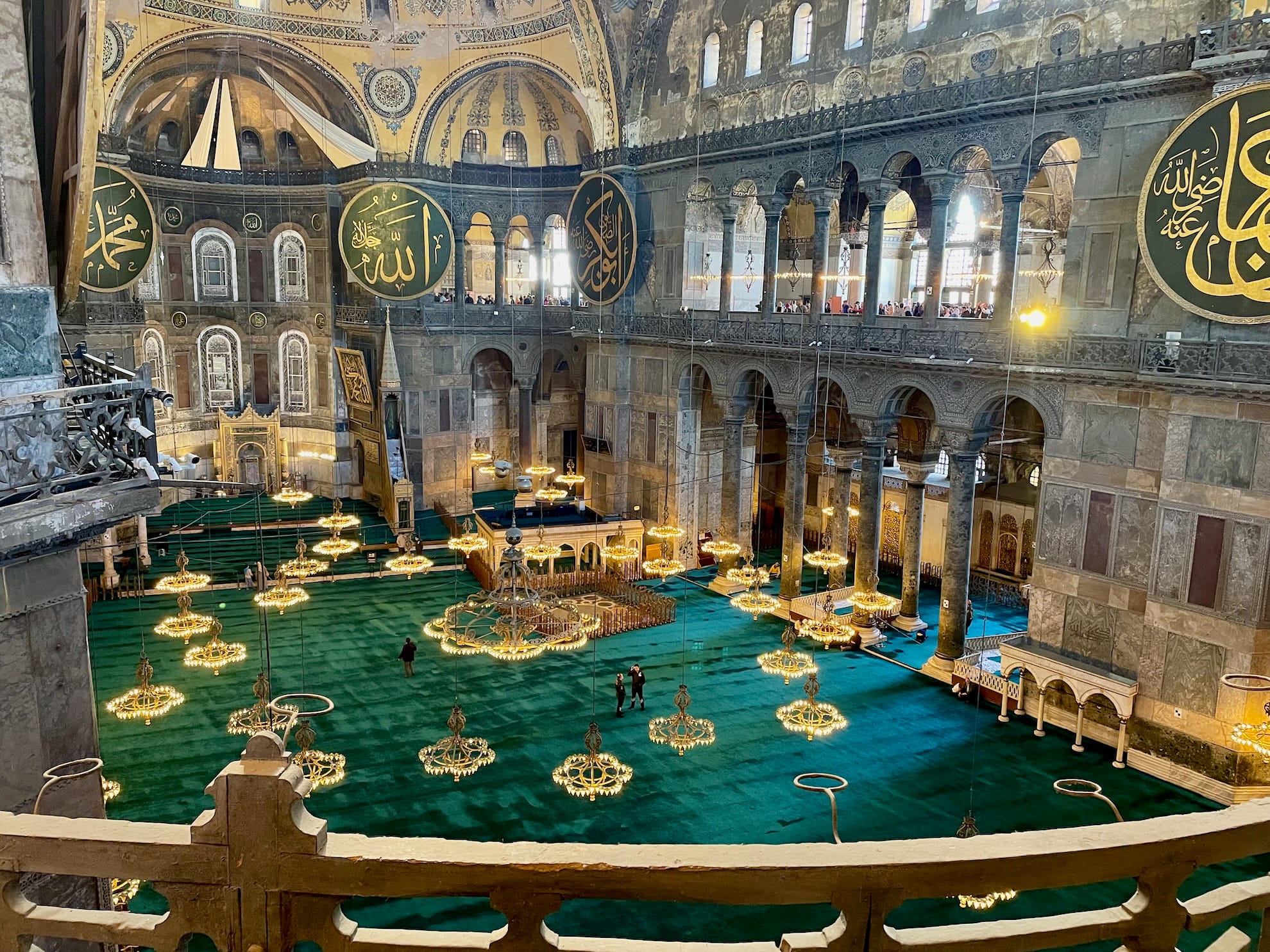
Solo Female Travel in Istanbul
This Istanbul trip was my fourth solo adventure, following Spain, Portugal, and Cyprus. While those destinations felt familiar, Turkey – and particularly the locals’ openness – was a different experience entirely. Women are rarely seen working in the hospitality industry, which meant nearly all my interactions over three days were with men. Every lunch or dinner conversation inevitably turned to my relationship status (I found myself mentioning my “husband waiting at the hotel” quite often!), and I had to decline numerous invitations ranging from wine tasting to hotel room visits (some even offered to pay!).
Perhaps unsurprisingly, I often preferred curling up in my room after sunset with a pide in hand. However, it’s crucial to emphasize that I never felt unsafe or threatened – but the natural forwardness of local men, while mostly well-intentioned, did become somewhat exhausting by evening.
Summary: Navigating Istanbul as a Solo Female Traveler
While Istanbul might seem daunting at first, especially for women traveling alone, it’s absolutely manageable with the right preparation and mindset. Focus on walking when possible, stay alert but not fearful, and remember that setting clear boundaries with friendly locals is perfectly acceptable. The city offers an incredible mix of history, culture, and modern life that’s well worth experiencing solo.
Remember that while tourist areas like Sultanahmet are well-trodden paths, ventures into neighborhoods like Galata or the Asian side will reward you with a more authentic experience. As a woman traveling alone, you’ll encounter unique challenges, but with these insights and practical tips, you can focus less on logistics and more on enjoying this extraordinary city where continents and cultures converge.
